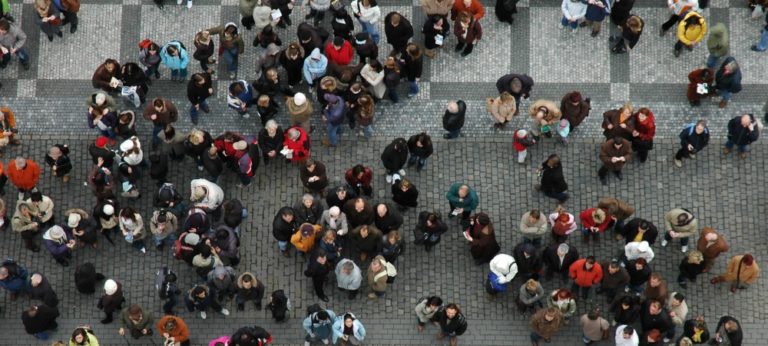By Catherine Reeves
Over the last ten years, the term “sustainability” has bubbled to the top in conversations, debates and social media. It has even become a politically charged word that triggers debates. The reality is that the concept of sustainability has been around forever, probably since the day of the cavemen.
I have this hunch that if I asked a hundred people for the definition of “sustainability,” I’d get a countless number of different responses or no response at all. That’s understandable because there are so many different definitions floating around on the internet and in the media. Some so complicated, others oversimplified. No wonder the general public cannot relate to the term.
Click to read our 2016 Global Citizenship Report
Protecting the environment isn’t a “nice” thing to do at Xerox: As part of the “old green guard,” for decades we’ve been delivering sustainable technology, services and solutions that help our customers and the planet.
I boiled down the many various definitions to this: “Sustainability is improving the way we work and live, while realizing economic benefits and at the same time not adversely impacting the environment.” It’s not just about the environment, it’s about the environment, society and the economy all being in equilibrium. One should not be compromised of the others.
When you think of “sustainability” in these terms, I think you’ll agree it’s common sense, it’s smart thinking, and it’s what most of us strive for whether or not you call it “sustainability.”
Hippies and advertisers unite
So who do we have to thank for bringing the concept of sustainability to our consciousness. In my opinion, the “hippies” and the advertisers of innovative, global companies; two groups you would not expect to be unified on a single concept. Not surprising when you consider the dynamics of the world at the time.
When I was growing up in the ’60s, the closest term to sustainability was “treehugger” or “hippie” or “environmentalism” but all terms and adjectives downplay the meaning of sustainability. These environmentally conscious folks made the United States, if not the world, aware that there are environmental costs for our many material benefits. These groups raised public awareness with sit-ins and events. They raised funds to clean-up and protect the earth, and they gained support for organizations and groups.
Brother Dominic and the Maytag repairman show the way
This awareness movement picked up steam in the late 20th century because of environmental problems that were global in scale. I remember the 1973 and 1979 energy crises because my school was closed for one week to conserve energy. That single event demonstrated the extent to which the global community had become dependent on non-renewable energy resources and electricity.
Socially conscious companies of the time, grounded in citizenship, innovation and customer satisfaction, saw the market opportunity to “do good” for society, the environment and the bottom lines of both their customers and their companies. They invented products that used less energy — whether electricity or fuel. People found that these products reduced operating costs and made it quicker and simpler to get work done. This was reflected in the advertising, although the term “sustainability” was unspoken.
Take for instance, the Maytag repairman, one lonely guy because he’s never called to repair a customer’s Maytag appliance. How is that “sustainability?” If there’s no need to have the repairman drive to your house, that means your appliance is up and running fine, you’re able to get your work done without a hiccup and you’re not incurring repair fees. From the environmental perspective, fuel conservation means you avoid greenhouse gas (GHG) emissions. The face of the Maytag appliance man may have changed, but the story is the same: the benefits of energy efficient appliances.
Second sustainability example: Xerox invent two-sided copying in the ‘70s. That new product feature lowered paper use [and costs] for the consumer, cut the time to make a print, and energy use and GHG emissions. In 1977, Xerox made what remains one of TV’s most popular ads, more than 30 years before social networks revolutionized media consumption. The spot aired during Super Bowl XI and starred a monk named Dominic who discovered a not-quite-miraculous way to produce 500 copies of a painstakingly handwritten manuscript.
Xerox has changed dramatically since Brother Dominic first graced American screens. With a new campaign, Xerox has moved far beyond the bulky copier. Now, we’re into a network of digital documents translated into 35 languages with one click of an app. That means less paper used unnecessarily, less electricity use and think of the time and money saved from one-by-one translations to “one and done.” Sustainability once again.
With “Sustainability” giving rise to improvements in the quality of life at work and at home, does it make sense that it be the unspoken term? We can change that by showing what sustainability is in our words and actions.




[…] From the editor: This article was originally published on Xerox Connect […]